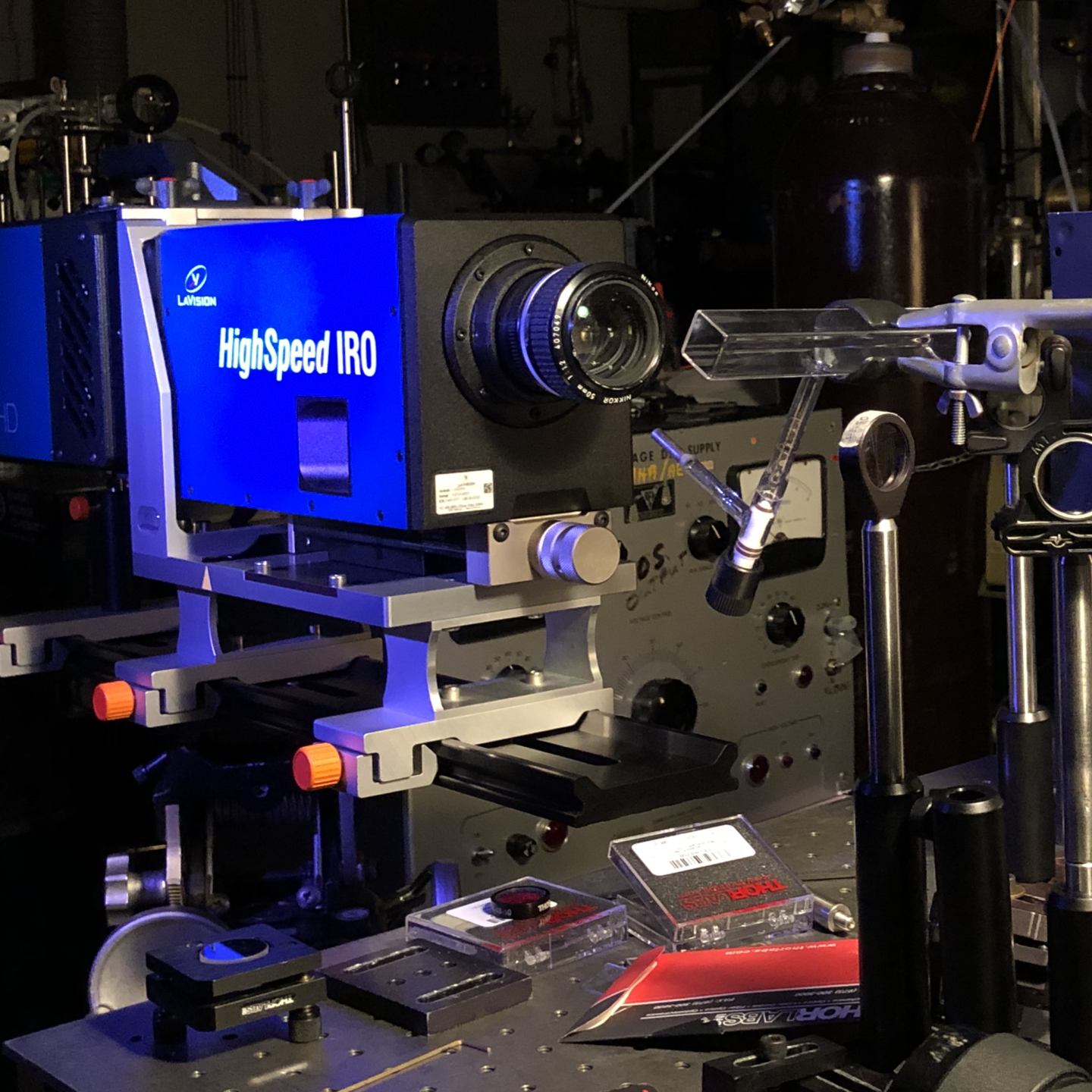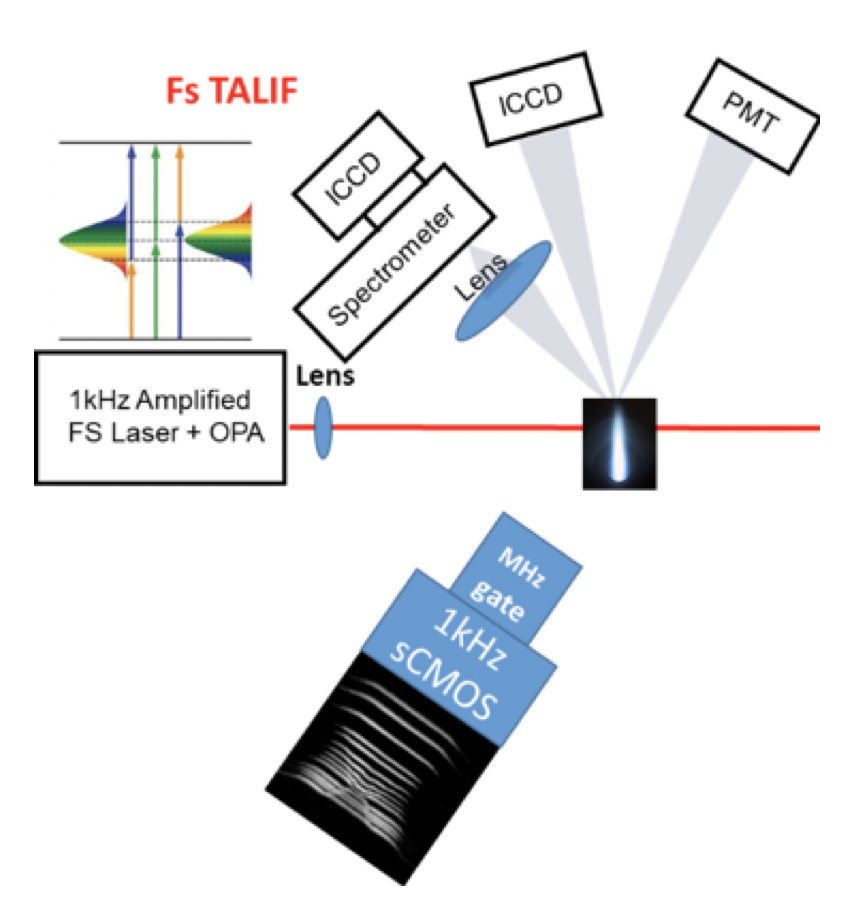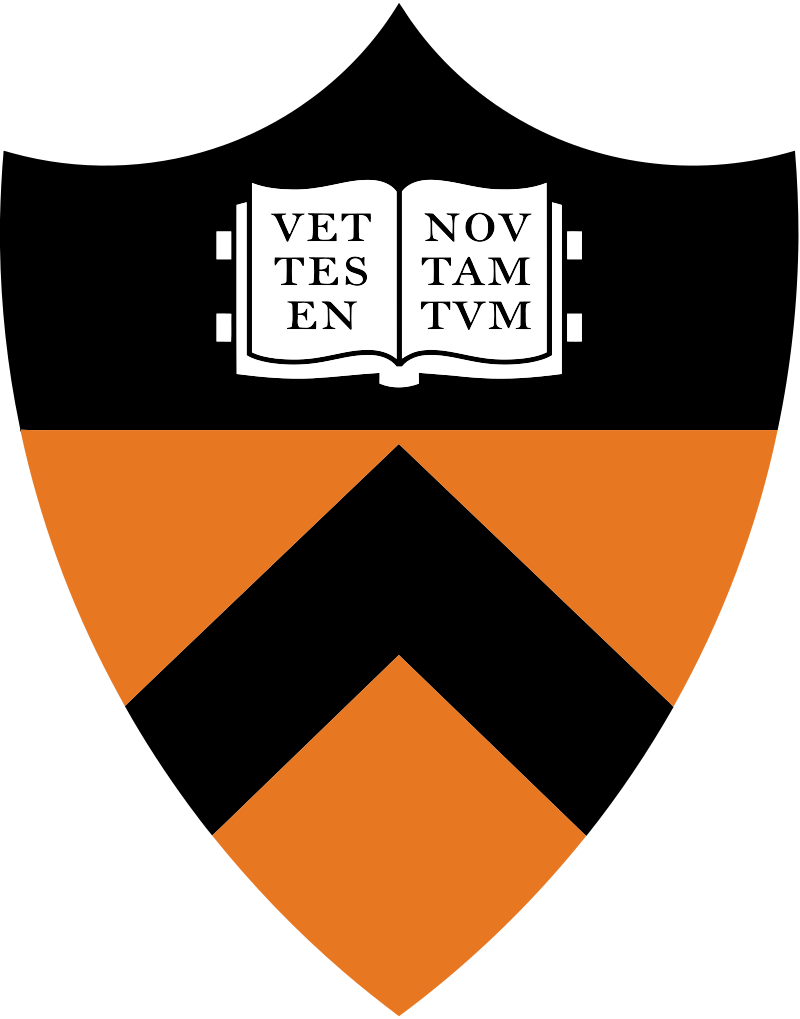Femtosecond Two-photon LIF
Advanced Diagnostics Navigation
- Atomic and molecular species, positive and negative ions
- Laser-Induced Fluorescence (LIF) and Two-Photon Absorption LIF (TALIF)
- Radar Resonant Enhanced Multi-Photon Ionization (Radar REMPI)
- Characterization of plasma, chemical composition and dynamic behavior
- Electron velocity distribution function, gas flow velocity and temperature
- Electric field and space potential
- Nanoparticle Diagnostics
- Surface Diagnostics
Femtosecond Two-photon LIF (FS TALIF)
Absolute and relative species density measurements
1-D and 2-D mapping of species spatial distribution with ~100μm resolution
Temporal dynamics of species with 200ps resolution
Species densities as low as 1011 cm-3

Laser-induced fluorescence (LIF) allows mapping the density of atoms and molecules in gases and plasmas. Absolute densities can also be determined with appropriate calibration. Many atomic species of interest, however, require excitation in the vacuum ultraviolet (VUV) spectral range. Two-photon LIF (or TALIF) allows excitation using visible of UV laser pulses which can be used in atmosphere. In order to efficiently pump the excited states using a two-photon transition, short laser pulses are required. The fs and ps lasers are particularly useful for measuring the effective lifetimes of the excited levels in highly collisional environments. Coupled with detection by fast iCCD with minimal exposure times 0.2 ns this allows measuring sub-nanosecond lifetimes of excited levels subject to fast collisional quenching. Effective lifetimes are used to determine the dominant collisional partners. Finally, the fs pulse excitation is necessary in liquid where the lifetime of the excited levels is expected to be very short < 0.2 ns. With fs lasers we expect to induce excitation on a timescale faster than quenching de-excitation, permitting for fluorescence to be detected. The fs excitation is thus necessary to measure the penetration of species into the liquid phase. In the cases where the two-photon absorption transition of the species to be excited is energetically separated from other species, or if the species of interest is the majority species, another advantage of using fs TALIF is the use of the non-degenerate sum-frequency mixing. This not only makes the two-photon absorption to be very efficient, but it also allows for excitation without the need for precise wavelength tuning.

- Kulatilaka et al., Opt. Lett. 37, 3051 (2012).
 This capability is located at the Princeton University Dept. of Mechanical and Aerospace Engineering.
This capability is located at the Princeton University Dept. of Mechanical and Aerospace Engineering.
